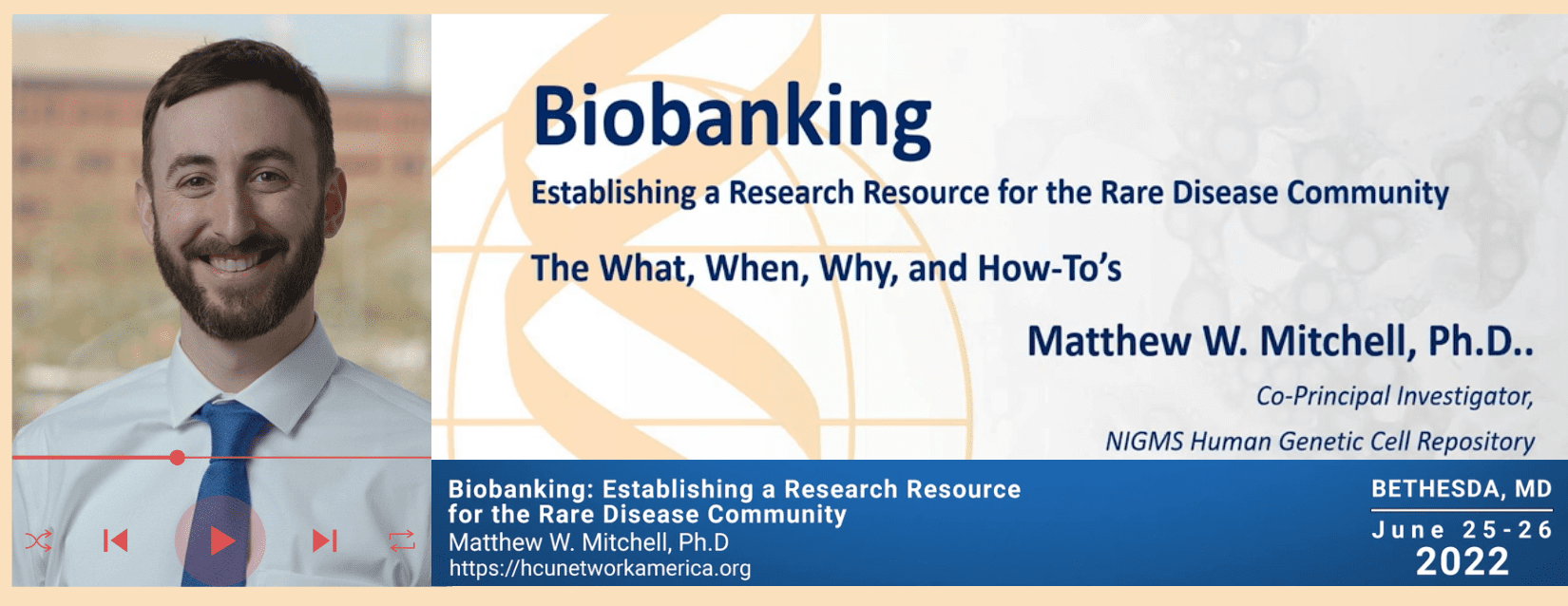What is a biobank?
A cell repository is a biobank that stores cell lines. To make a cell line, human cells are taken from a blood or tissue sample and placed in a container with a growth solution. This process is called cell culturing. The cultured cells can then be “harvested,” frozen, and stored. The medical and family history of the sample donor is also collected. Scientists can access banked cells and use them for a variety of purposes, including: finding new genes, studying how cells function, and developing new ways to diagnose, treat and possibly prevent genetic diseases.
Participating in the biobank
Participating in the Coriell biobank allows scientists around the world with a unique opportunity to learn more about homocystinuria and how the specific mutations influence the course of the disease.
Homocystinuria Researcher
Are you a stakeholder interested in using patient cell lines to further your homocystinuria research?
Join the Program
Participating in the biobank means you are contributing to understanding homocystinuria, which paves the way for scientists to test potential drug compounds or gene- or cell-based therapies. Testing candidate drugs or therapies using cells from individuals with rare genetic diseases can help scientists determine which approaches are most likely to work and be safe enough to test further in human clinical trials. To participate email nigms@coriell.org. or follow the link below.




